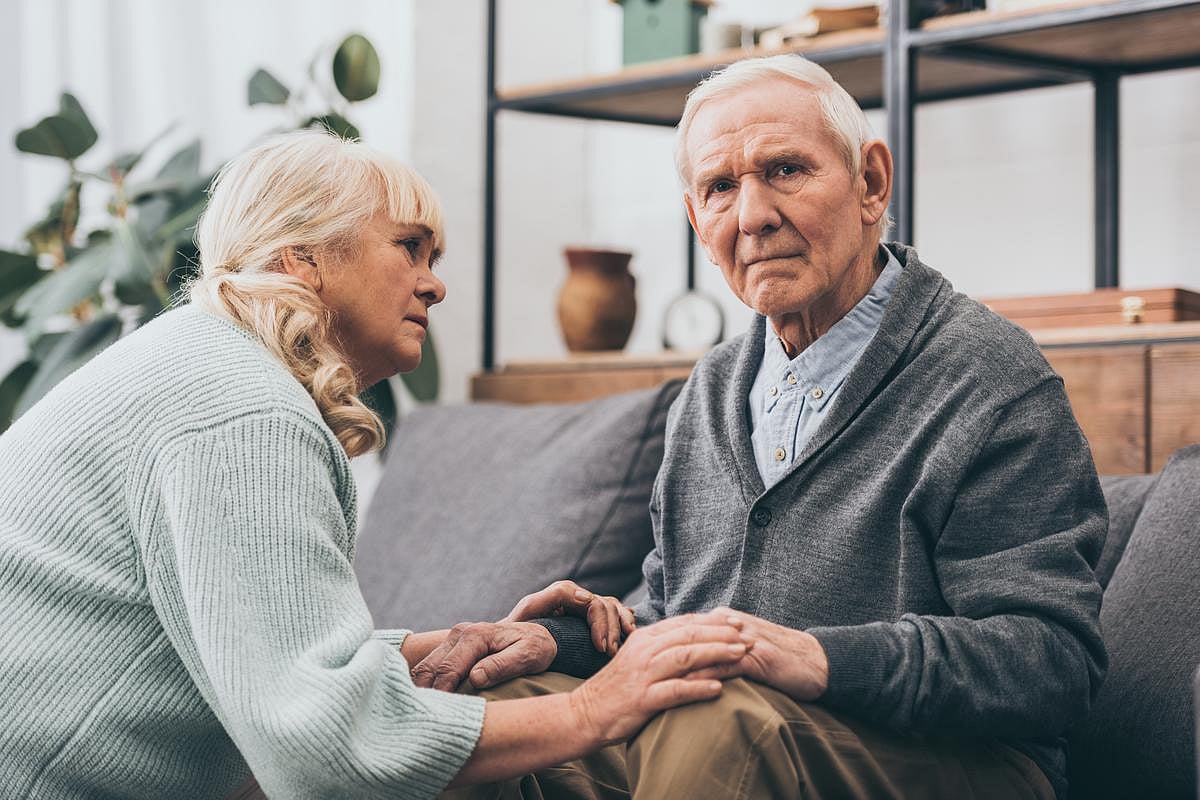Photo Credit: annatodica
The following is a summary of “Qualitative Study of Dynamics, Camaraderie, and Belonging Among Emergency Physicians and Nurses,” published in the February 2025 issue of Journal of Emergency Medicine by Phillips and Jones.
Effective emergency department (ED) care requires efficient teamwork, but the communication and workplace practices that foster team identification among healthcare providers have not been established.
Researchers conducted a retrospective study to examine how communication between physicians and nurses in EDs influenced team dynamics and the sense of belonging.
They adopted a qualitative approach using focus groups with 38 participants from 9 EDs in Oregon. The study included emergency physicians (EPs) and emergency nurses (ENs) working at least half-time in 4 EDs: an urban academic level 1 trauma center (40,000 visits/year), an urban community site (35,000 visits/year), a suburban site (9,000 visits/year), and a rural site (14,000 visits/year). Participants were eligible if they worked in adult EDs as EPs or ENs, with less than 2 years of experience in emergency medicine, as the exclusion criterion.
The results showed that team belonging in EDs was positively influenced by proactive communication, openness, the use of less formal name conventions, and fostering relationships outside of work. In contrast, negative factors included communication resistance, barriers to communication, and interactions that contributed to feelings of alienation.
Investigators concluded the positive communication practices were crucial for improving ED team dynamics, cohesiveness, and well-being.
Source: jem-journal.com/article/S0736-4679(24)00269-5/abstract














Create Post
Twitter/X Preview
Logout